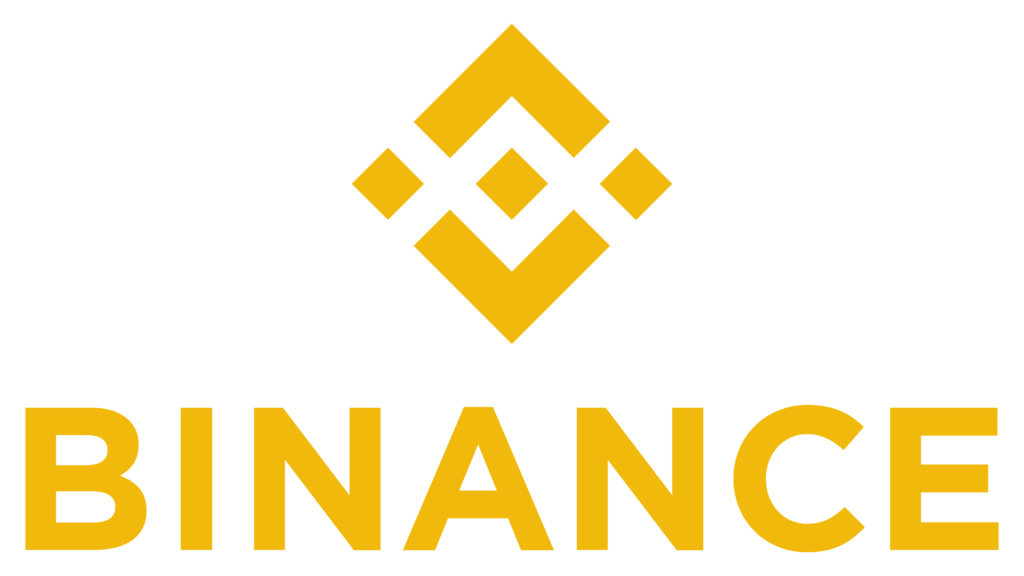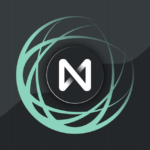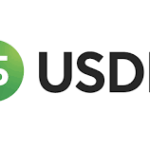EOS is a blockchain-based platform that aims to provide a decentralized system for developing and executing smart contracts and decentralized applications (dApps). It is designed to offer scalability, flexibility, and usability to developers and users, enabling them to efficiently build and deploy high-performance decentralized applications. This article provides an overview of EOS and explains its unique blockchain protocol.
Overview of EOS
EOS was created by the company Block.one and was launched in June 2018. The platform operates on a decentralized blockchain network powered by its native cryptocurrency, EOS tokens. The main goal of EOS is to build a platform that can support industrial-scale applications by providing an infrastructure that is scalable, fast, and user-friendly.
One of the key features of EOS is its ability to handle massive transaction volumes. While traditional blockchain networks like Bitcoin and Ethereum have limitations in terms of transaction speed and scalability, EOS utilizes a unique consensus algorithm called Delegated Proof of Stake (DPoS). This algorithm allows the EOS network to achieve high transaction throughput, making it well-suited for applications that require fast and efficient processing.
In addition to scalability, EOS also focuses on usability and developer-friendliness. The platform provides developers with tools and resources to easily create and deploy smart contracts and dApps. EOS incorporates a user-friendly programming language called C++ and offers a development environment that simplifies the process of writing and testing code.
The EOS Blockchain Protocol
The EOS blockchain protocol is based on several fundamental principles that make it unique and stand out from other blockchain networks. Here are some of the notable aspects of the EOS blockchain:
| Feature | Description |
|---|---|
| DPoS Consensus Algorithm | EOS utilizes Delegated Proof of Stake (DPoS), where a set number of elected block producers validate transactions and create new blocks. This consensus mechanism allows for fast block confirmation and high transaction throughput. |
| Resource Allocation | EOS separates token ownership from resource consumption, allowing users to stake their EOS tokens to access network resources such as CPU and bandwidth. This approach ensures that network resources are allocated efficiently. |
| Parallel Processing | The EOS blockchain has the capability to process transactions in parallel, enabling multiple smart contracts to be executed simultaneously. This parallel processing feature significantly improves the platform’s throughput and performance. |
Alternatives to EOS
While EOS offers unique features and advantages, there are also alternative blockchain platforms that developers can consider. Here is a comparison of some popular alternatives:
| Platform | Consensus Algorithm | Scalability | Development Tools |
|---|---|---|---|
| Ethereum | Proof of Stake (PoS) | Scalability challenges due to limited transaction throughput | Solidity programming language |
| Cardano | Proof of Stake (PoS) | Scalable through the use of layered architecture | Haskell programming language |
| Tron | Delegated Proof of Stake (DPoS) | Scalable, capable of handling high transaction volumes | Tron-specific programming languages |
FAQs
Q: How is EOS different from other blockchain platforms?
A: EOS differentiates itself with its scalable and high-performance infrastructure, user-friendly development tools, and the DPoS consensus algorithm.
Q: Can I develop decentralized applications on EOS?
A: Yes, EOS provides a platform for developers to create smart contracts and deploy decentralized applications.
Q: How does EOS achieve high transaction throughput?
A: EOS achieves high transaction throughput through the use of the DPoS consensus algorithm, parallel processing, and efficient resource allocation.
Conclusion
EOS is a blockchain platform that aims to provide scalability, flexibility, and usability for developers and users. With its DPoS consensus algorithm, resource allocation system, and parallel processing capabilities, EOS stands out as a highly performant blockchain network. Moreover, it offers an environment that is developer-friendly, making it easier to build and deploy decentralized applications. As the blockchain industry continues to evolve, platforms like EOS play a crucial role in driving innovation and shaping the future of decentralized technology.







